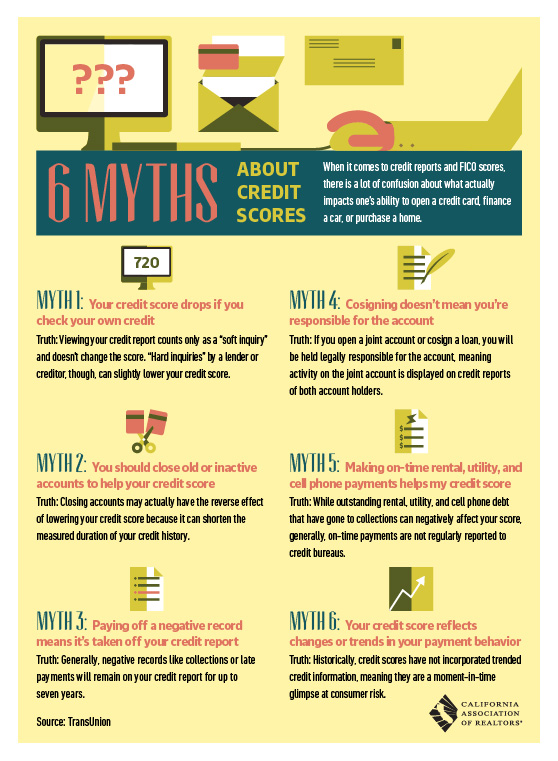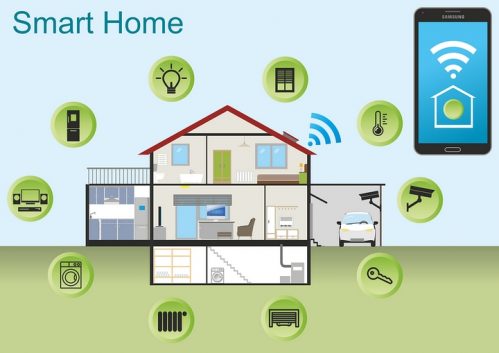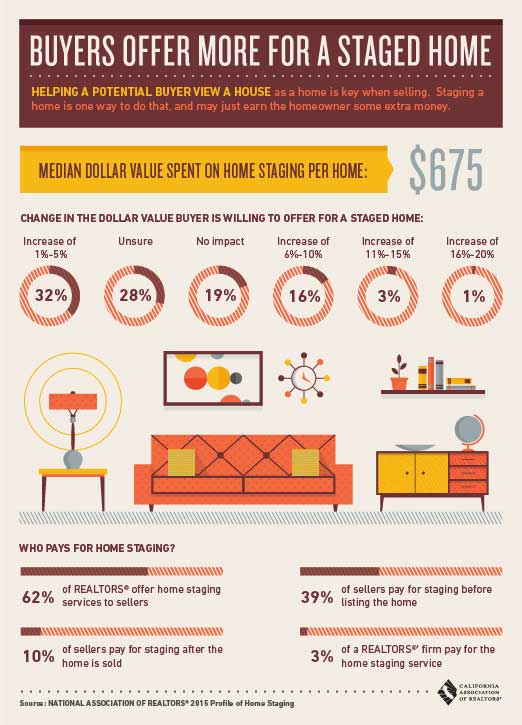The Effect of Environmental Hazards on Home Value


There are several factors that weigh on home value, including condition, location, and—in areas where they are most pronounced—environmental hazards such as poor air quality.
According to the ATTOM Data Solutions recent Environmental Hazards Housing Risk Index, 17.3 million single-family homes and condominiums have a high risk of an environmental hazard, with Denver, Colo., San Bernardino, Calif., and Curtis Bay, Md., facing the highest risk. Environmental hazards include brownfields, or property contaminated (or potentially contaminated) by a hazardous substance, polluters, poor air quality and superfunds.
“Home values are higher and long-term home price appreciation is stronger in zip codes without a high risk for any of the four environmental hazards analyzed,” says Daren Blomquist, senior vice president at ATTOM Data Solutions. “Corresponding to that is a higher share of homes still seriously underwater in the zip codes with a high risk of at least one environmental hazard, indicating those areas have not regained as much of the home value lost during the downturn.
“Conversely, home price appreciation over the past five years was actually stronger in the higher-risk zip codes, which could reflect the strong influence of investors during this recent housing recovery,” Blomquist says. “Environmental hazards likely impact owner-occupants more directly than investors, making the latter more willing to purchase in higher-risk areas. The higher share of cash sales we’re seeing in high-risk zip codes for environmental hazards also suggests that this is the case.”
In areas with a “very high” brownfield risk, 17.2 percent of properties are “seriously underwater,” according to the Index; in areas with a “very low” brownfield risk, 8.9 percent of properties are seriously underwater. Median home prices in very high brownfield risk areas are 2.8 percent below 10 years prior, while median home prices in very low brownfield risk areas are 2.8 percent above 10 years prior. Home sellers in very high brownfield risk areas gained 25.3 percent on average at sale, while sellers in very low brownfield risk areas gained 18.9 percent.
In areas with a very high polluter risk, 12.7 percent of properties are seriously underwater, compared to 9.2 percent of properties seriously underwater in very low polluter risk areas. Home sellers in very high polluter risk areas gained 16.6 percent on average at sale, while sellers in very low polluter risk areas gained 27.7 percent.
For areas with a “low” or “moderate” risk of poor air quality, home sales volume has increased 26 percent in the past five years, according to the report; for areas with a “high” risk of poor air quality, home sales volume has increased 16.5 percent in the past five years, while in areas with a very high risk of poor air quality, home sales volume has increased 3.3 percent over the past five years.
Median home prices in very high superfund risk areas are 1.5 percent below 10 years prior. Home sellers in high superfund risk areas gained 19.6 percent on average at sale, while sellers in very low superfund risk areas gained 24.4 percent.
Source: Rismedia
6 Myths about Credit Scores


Smart Home Resources


The ABCs of Smart Home Technology
Don’t know where to start with smart home technology and devices? We’ve compiled an A-to-Z dictionary to help guide you to pro status.
 What’s in a Name? Defining the Smart Home
What’s in a Name? Defining the Smart Home
As smart home technology enters the mainstream, both sales associates and consumers have asked themselves what truly constitutes a home that is smart. Coldwell Banker and CNET have joined forces to put the debate to rest and truly define the modern Smart Home.
 What is a Smart Home?
What is a Smart Home?
In this segment of NBC Open House, Coldwell Banker Real Estate and CNET.com establish a definition for the “smart home” that is simple while allowing still for choices.
 Smart Home Security: Where to Start
Smart Home Security: Where to Start
In the second post of the Smart Home Security series, we explore where homeowners can begin when looking to enhance their home security using smart home technology and devices.
 The 2017 Smart Home Marketplace Survey
The 2017 Smart Home Marketplace Survey
Coldwell Banker teamed up with Vivint Smart Home ahead of this year’s Consumer Electronics Show (CES) to see what consumers were looking for in smart home technology. Turns out, Americans are ready to have a voice-enabled home.
 How the Internet of Things is Changing a Little Place Called Home
How the Internet of Things is Changing a Little Place Called Home
How IoT is changing the business of real estate.
 Smart Home Technology: 7 Surprising Features
Smart Home Technology: 7 Surprising Features
Lights, cams, doors, security — many homeowners know the basics about home automation and smart home technology. But there’s a whole array of fun smart home features that you’ve never dreamed of, from watering plants to feeding pets.
 8 Ways to Outsmart the Weather In A Smart Home
8 Ways to Outsmart the Weather In A Smart Home
Do more to combat and prepare for the weather–rain, shine, snow–than you thought possible.
 3 Smart Home Devices to Help with Storm Preparation
3 Smart Home Devices to Help with Storm Preparation
There are a number of smart home technologies that make storm preparation and damage prevention easier than ever.

 Facebook
Facebook
 Twitter
Twitter
 Pinterest
Pinterest
 Copy Link
Copy Link
























